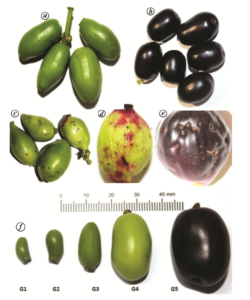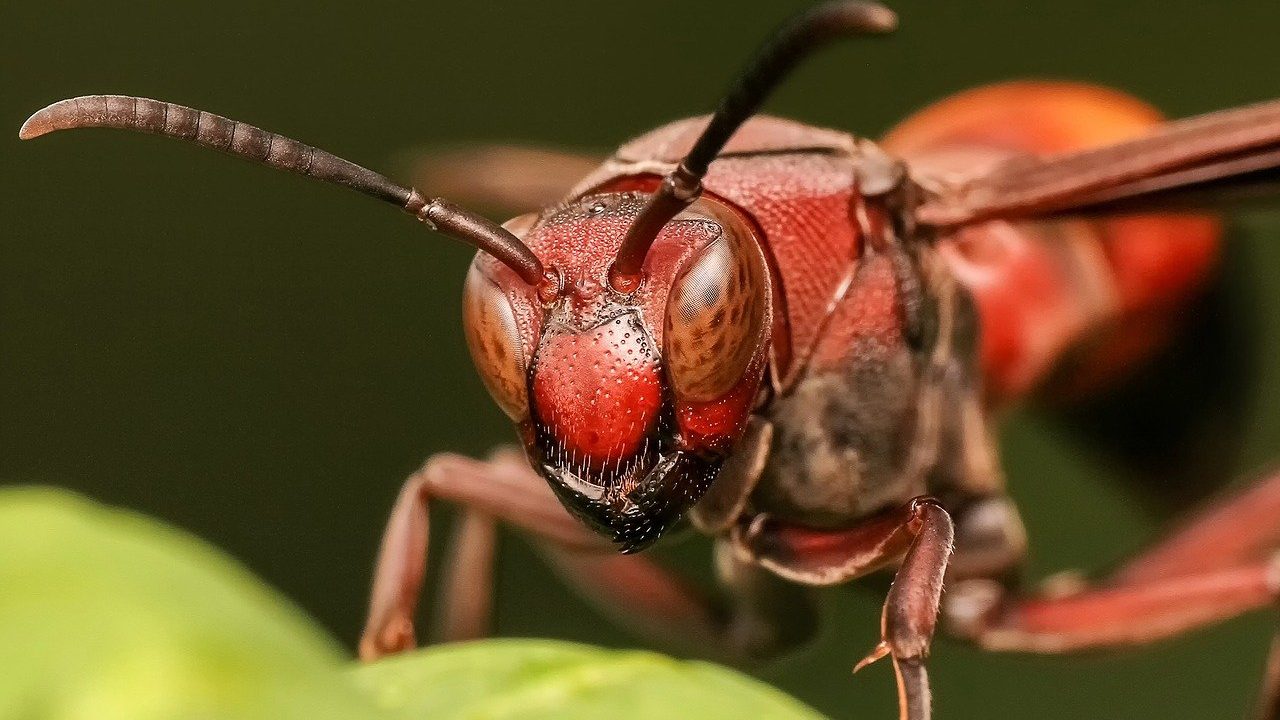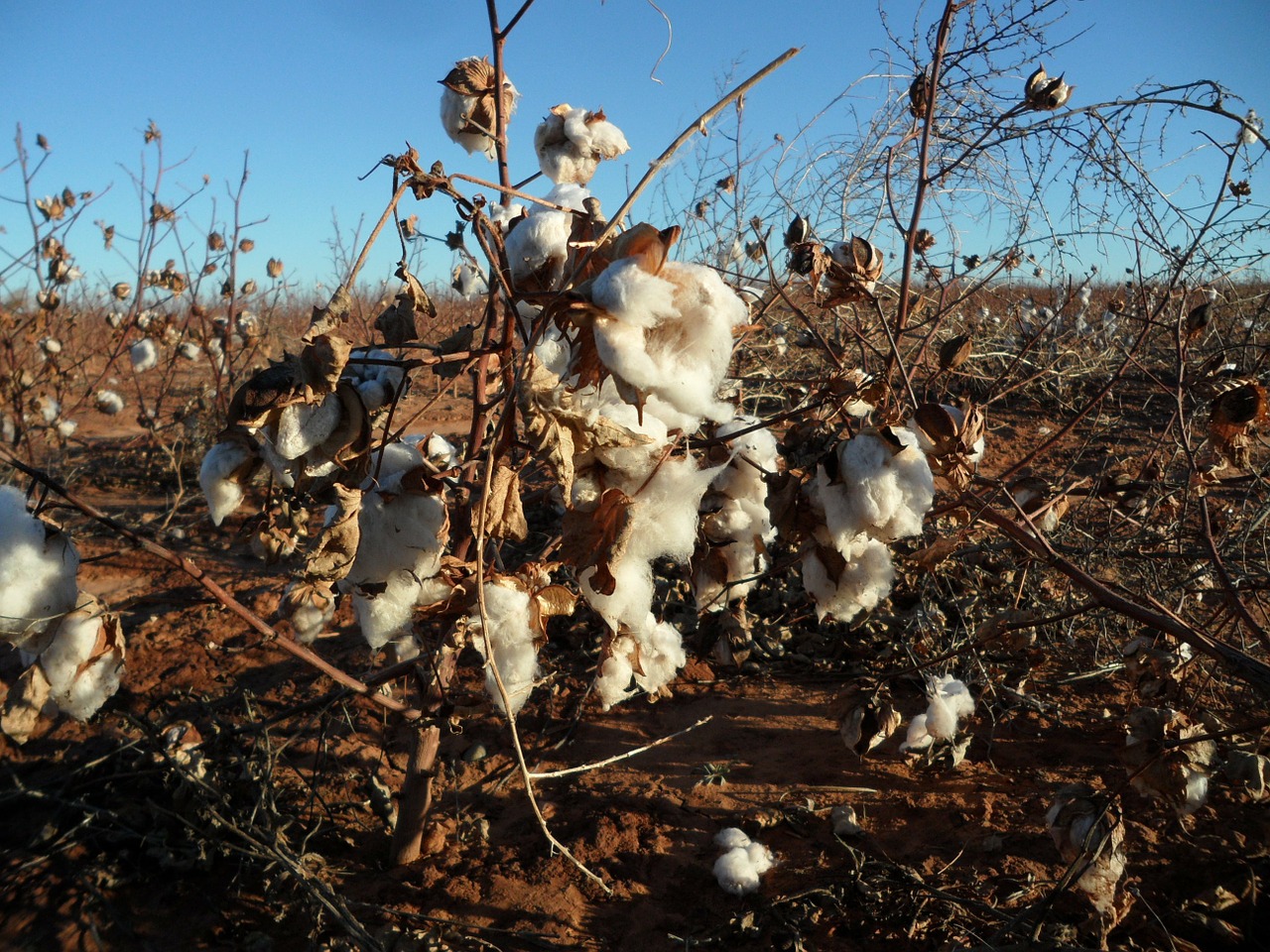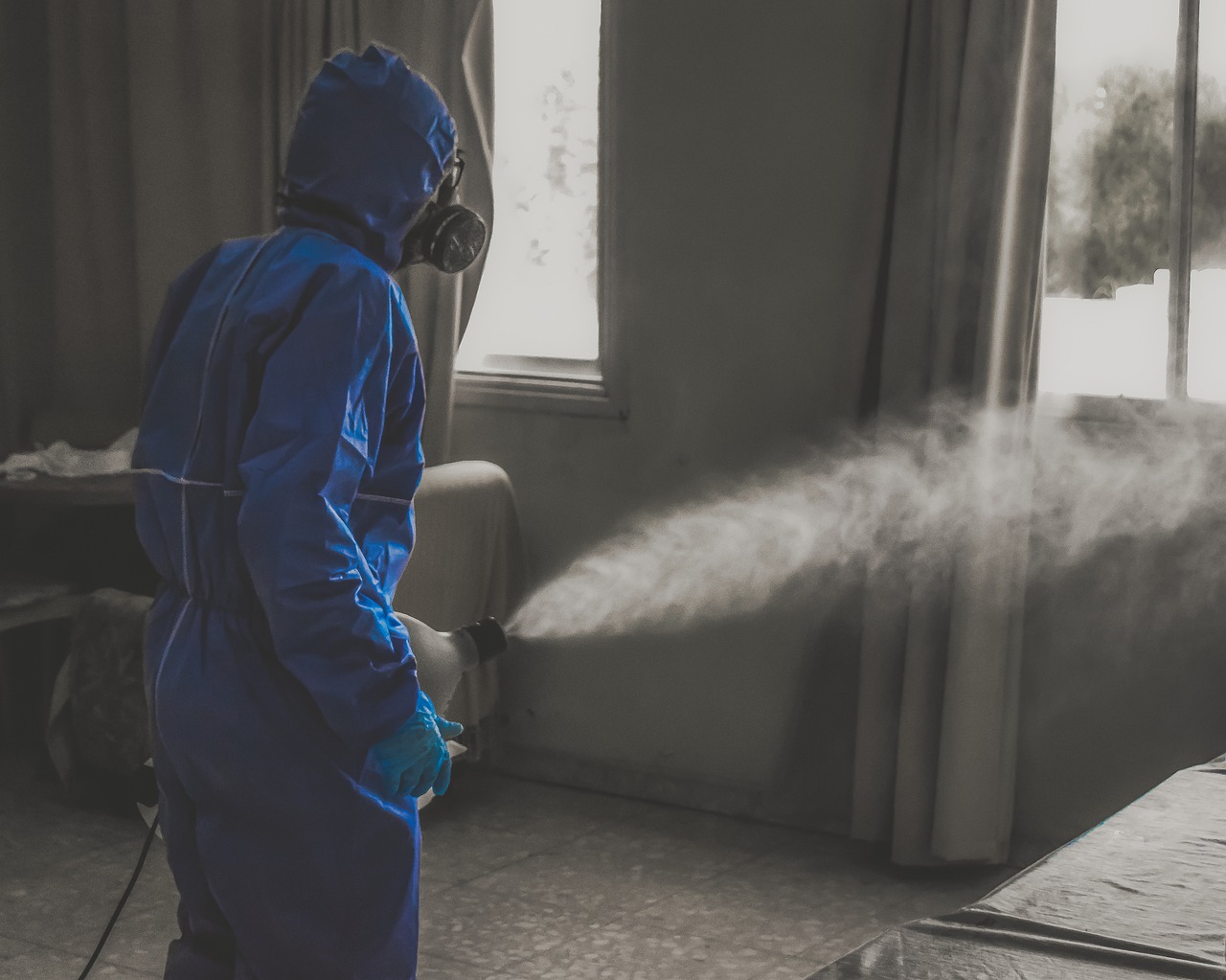Herbivores organisms belonging to the same species (Conspecifics) use herbivore-induced plant volatiles (HIPVs) as cues while selecting an optimal site for oviposition. This is to ascertain the availability of nourishment for their progeny so that they get the best chance at survival.

A new study conducted by researchers will help understand the egg-laying behaviour of certain pests and therefore help in designing specific control measures. This study has been conducted by the researchers at the Indian Council of Agricultural Research (ICAR)’s Bengaluru based laboratory Indian Institute of Horticultural Research. They have published their study in the science journal Current Science.
“This study highlights the fact that herbivores are able to assess the HIPVs from a different stage of the fruits. In this case, the female wasps, A.kerrichi prefers immature fruits that are already infested for egg-laying. The chemical cues from immature fruits, provide a sense of resource quality and the probability of better progeny fitness. Hence the females choose such sites”, Says Dr P.D. Kamala Jayanthi, Principal Scientist & ICAR National Fellow, Department of Entomology and Nematology, Indian Institute of Horticultural Research, Bengaluru.
“We found that A.kerrichi was attracted to immature fruit volatiles. Certain specific chemical cues were different in the mature and immature fruits. The ones identified in the gas chromatography-electennogramdetection (GC-EAD) were used in synthetic blends for further analysis. The same blends were tested in the field to test their attractive potential”, Dr Jayanthi added.
Plants upon being attacked by herbivores emit much distinct volatiles often known as herbivore-induced plant volatiles (HIPVs) that have multiple functions at different trophic levels. From the plant’s perspective, these HIPVs act as communication signals to attract natural enemies and alert various parts of the same plant or neighbouring plants, thereby serving as a direct and indirect plant defence.
The role of HIPVs was studied in detail against a handful of insect pests, from the point of view of herbivores. However, the ecological function of HIPVs to conspecifics was found to be variable depending upon the herbivore species, thus making the community interactions quite complex. This emphasizes the need to understand and study the utilization of HIPVs by conspecifics on a case-by-case basis.
Headspace samples of wasp-infested immature and mature Jamun fruits were collected by a scientific method called air entrainment. The fruit traits namely size, colour, the softness of berries were considered to assess fruit maturity. The eulophid wasp-infested fruits were collected from the field in ICAR-Indian Institute of Horticultural Research, Bengaluru during March 2019 and placed in plastic containers for wasp emergence.
The emerged insects were allowed to mate and collected in separate plastic vials for performing both olfactometer assays as well as coupled gas chromatography-electro-antenno-detection (GC-EAD) studies. The male and female insects were differentiated based on abdomen size.
The attraction of female A. kerrichi to synthetic HIPVs in the lab and field conditions ascertains the scope of using them as Integrated Pest Management (IPM) tools for sustainable management of this phytophagous eulophid seed borer, said Dr Jayanthi. (ISW)
If you liked this article, then please subscribe to our YouTube Channel for the latest Science & Tech news. You can also find us on Twitter & Facebook



